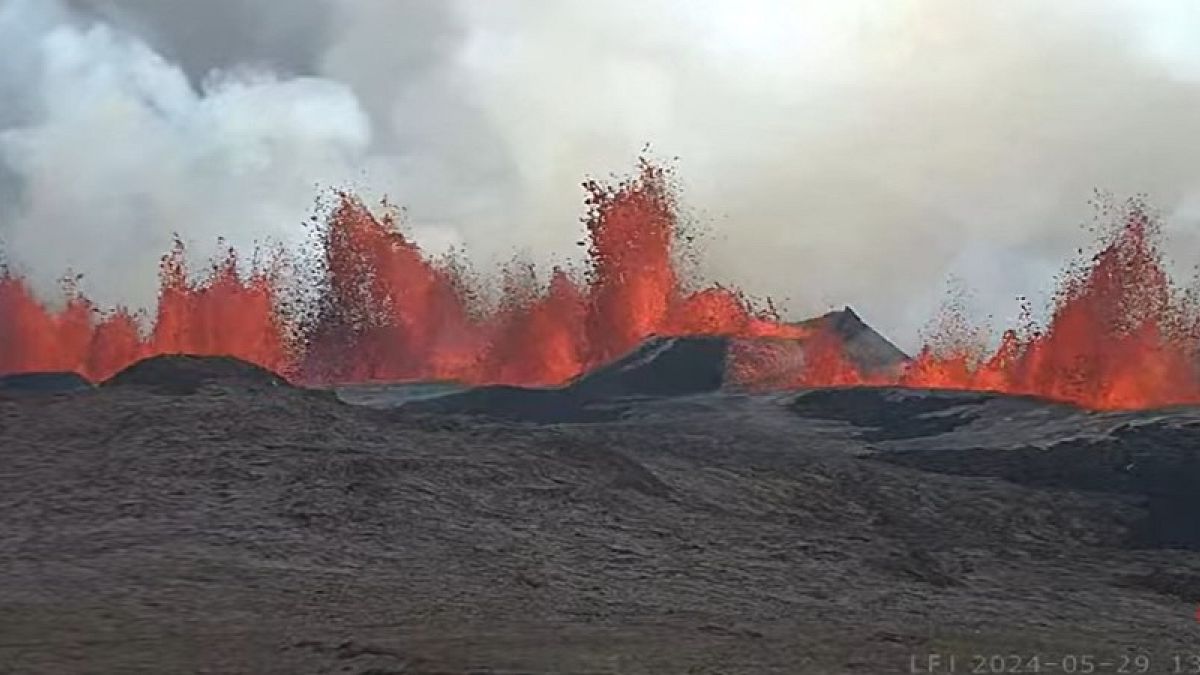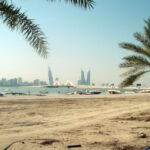Southwestern Iceland was once again in the spotlight as a volcano erupted for the fifth time since December, sending lava 45 metres into the sky. The eruption, which began in the early afternoon, led to the evacuation of the popular Blue Lagoon geothermal spa and the coastal town of Grindavik, which has a population of 3,800 people. The eruption was triggered by a series of earthquakes in the area. Iceland, known for its volcanic activity due to sitting above a volcanic hot spot in the North Atlantic, is experienced in dealing with such events.
The latest eruption signals a reawakening of the Svartsengi volcanic system after almost 800 years of dormancy. It is uncertain how long this period of activity will last and what implications it may have for the Reykjanes Peninsula, one of the most densely populated parts of Iceland. Despite the uncertainty, authorities and residents in the area are prepared to respond to any potential challenges that may arise from the volcanic activity.
The eruption in southwestern Iceland captured the attention of many, with live video footage showing the dramatic display of lava shooting into the sky. This event serves as a reminder of the country’s unique geological landscape, shaped by volcanic activity over millions of years. The eruption also highlights the importance of monitoring volcanic hot spots and being prepared for potential eruptions in the future.
The evacuation of the Blue Lagoon geothermal spa, a popular tourist destination known for its warm and mineral-rich waters, underscores the need for safety measures in the event of volcanic activity. The swift response to evacuate the area ensures the safety of both visitors and residents, preventing any potential harm from the eruption. This incident serves as a reminder of the unpredictable nature of volcanic eruptions and the importance of being prepared to respond quickly and effectively.
As Iceland continues to experience volcanic activity, scientists and authorities will closely monitor the situation to assess the impact of the eruption on the surrounding area. The reawakening of the Svartsengi volcanic system after centuries of dormancy raises questions about the future of the Reykjanes Peninsula and the potential for further eruptions in the region. Despite the challenges posed by volcanic activity, Iceland’s experience in dealing with such events positions them well to respond to any future developments.
Overall, the eruption in southwestern Iceland serves as a testament to the country’s geological diversity and the ongoing presence of volcanic activity in the region. The swift evacuation of the Blue Lagoon geothermal spa and the town of Grindavik demonstrates the importance of preparedness in dealing with natural disasters. As the situation unfolds, authorities will continue to monitor the eruption and its impact on the surrounding area, ensuring the safety and well-being of residents and visitors alike.











